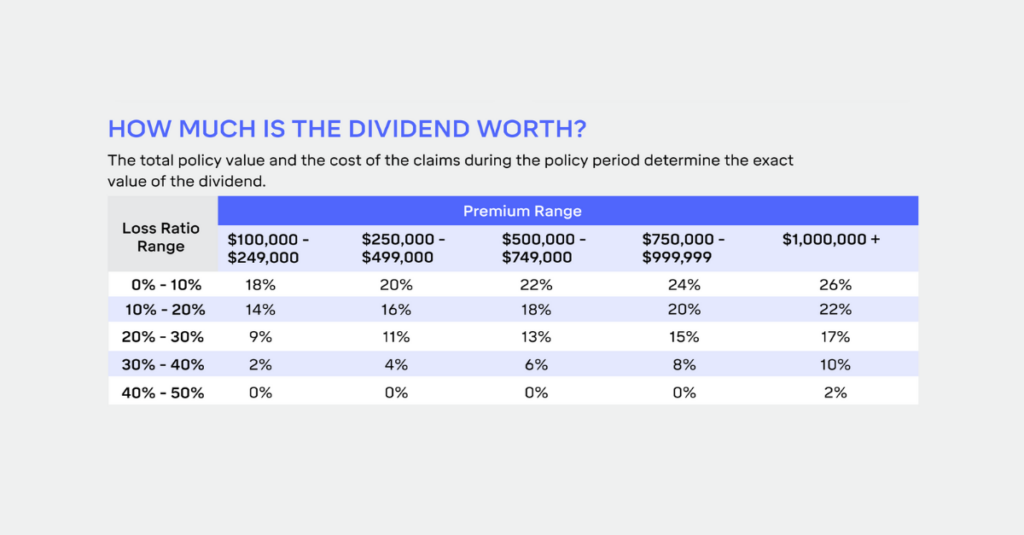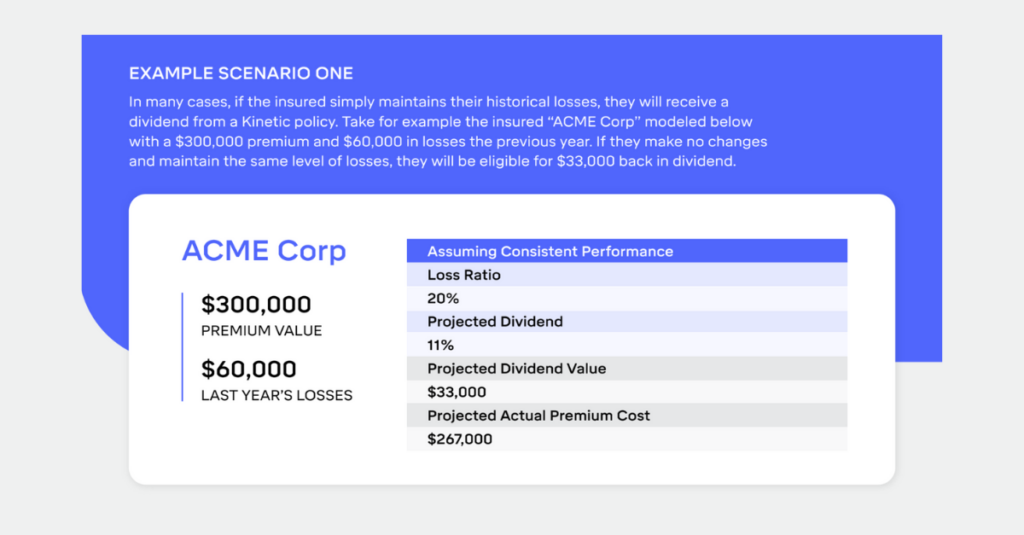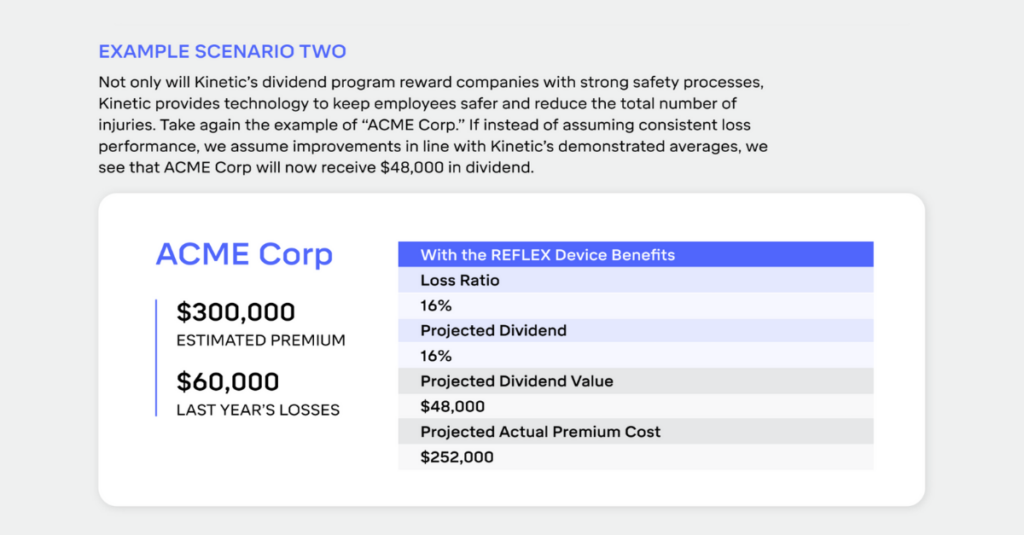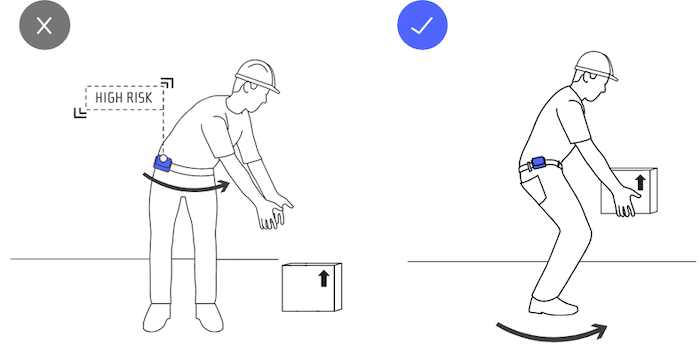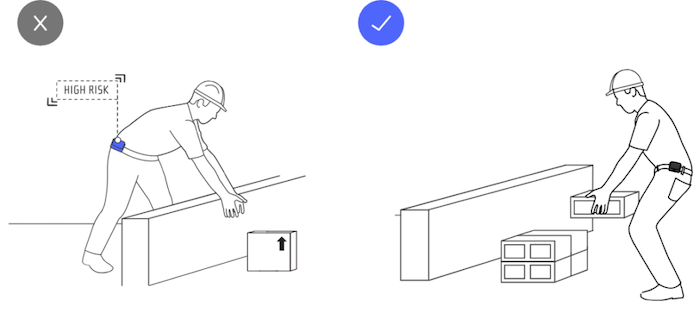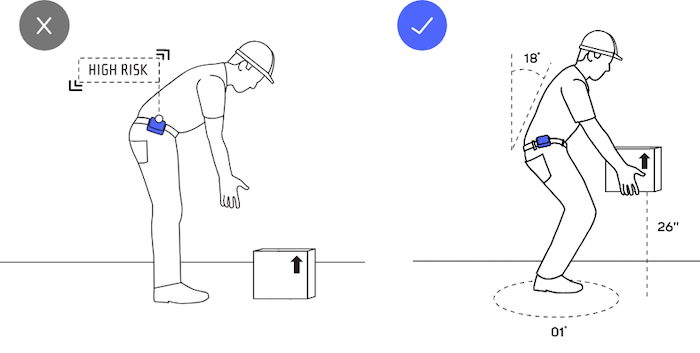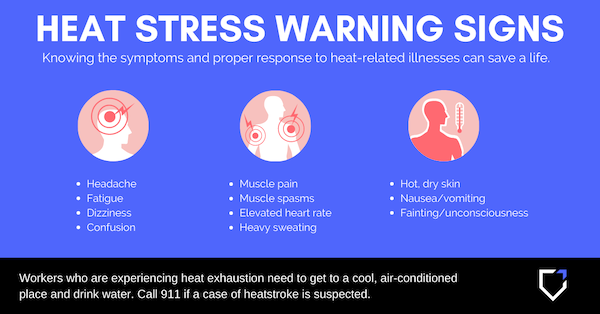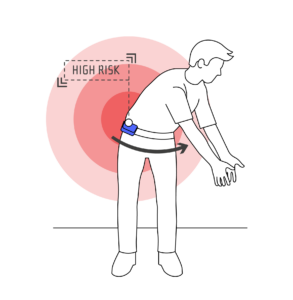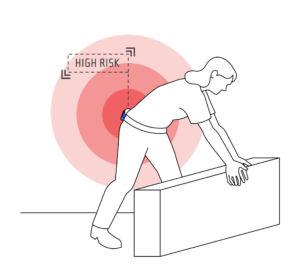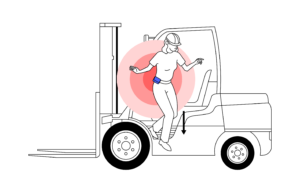While every employee is susceptible to workplace injuries, new employees, particularly those on the frontline, face a significantly higher risk. Recent research reveals concerning statistics that highlight the vulnerability of new employees in various sectors.
New Employees at High Risk
The 2023 Travelers Injury Impact Report shed light on the susceptibility of new employees to workplace injuries, irrespective of their prior industry experience. The report revealed a staggering 34% of all workplace injuries occurred during an employee’s first year on the job. These injuries resulted in nearly 7 million missed workdays, illustrating the substantial impact on both employees and businesses.
Furthermore, first-year injuries accounted for one-third (34%) of all workers’ compensation costs. This significant financial burden emphasizes the urgency for employers to prioritize safety measures and reduce the occurrence of injuries among new employees. By proactively addressing this issue, businesses can mitigate the financial strain caused by workers’ compensation claims and ultimately create a safer work environment for all.
Industries Most Affected by First-Year Injuries
Traverlers’ research data also highlights the industries most affected by first-year injuries. The following sectors experienced the highest rates of workplace injuries among new employees:
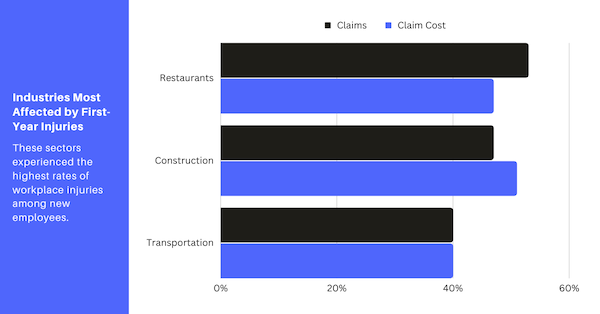
These findings underscore the urgent need for tailored workplace safety programs and effective preventive measures within these industries. Employers must prioritize the safety and well-being of new employees in these and other high-risk sectors.
Key New Hire Concerns
When it comes to workplace safety, new employees face specific concerns that heighten their risk of injuries. Whether due to lack of experience, inadequate training, or unfamiliarity with the work environment, these factors can significantly impact their well-being.
Below are a few key concerns surrounding workplace injuries for new employees. By understanding these factors, employers can implement targeted measures to mitigate risks and create a safer environment for their newest team members.
- Lack of Experience: New employees often lack experience and familiarity with the job tasks, equipment, and safety protocols. This can increase the likelihood of accidents and injuries due to a lack of knowledge or skill in handling work-related tasks.
- Insufficient Training: Inadequate or rushed training programs for new employees can leave them ill-prepared to handle potential workplace hazards. Without comprehensive training on safety procedures, proper equipment usage, and emergency protocols, new hires may be at a higher risk of injuries.
- Unfamiliarity with Workplace Environment: New employees may be unfamiliar with the layout, machinery, or potential hazards within the workplace. This lack of familiarity can increase the chances of accidents, such as slips and trips, or collisions with objects or machinery.
- Physical Demands and Ergonomics: Certain industries, like manufacturing or warehousing, involve physically demanding tasks. New employees who are not accustomed to these demands may be at a higher risk of overexertion, strains, sprains, or other musculoskeletal injuries. Poor ergonomics, such as improper lifting techniques or poorly designed workstations, can exacerbate the risk.
- Inadequate Supervision and Guidance: New employees often require close supervision and guidance to ensure they understand and follow safety protocols. In the absence of proper supervision, they may inadvertently engage in risky behavior or fail to recognize potential hazards.
- Workplace Culture and Peer Pressure: New employees may face pressure to fit in or prove themselves in their new work environment. This pressure can lead to a disregard for safety procedures or taking unnecessary risks to demonstrate their abilities, increasing the likelihood of injuries.
These concerns highlight the importance of targeted training, effective supervision, and creating a safety-conscious work culture to protect new employees from workplace injuries.
Preventing Injuries Among New Employees
Understanding the vulnerability of new employees is of utmost importance. Armed with this knowledge, workers’ comp insurance agents can work closely with their clients to develop customized risk management and insurance plans that adequately cover the specific risks associated with new hires.
To address the issue of workplace injuries among new employees effectively, employers should implement the following preventive measures:
- Comprehensive Onboarding: Develop a thorough onboarding program that focuses on safety training and familiarizes new employees with potential hazards and best practices within their specific roles.
- Mentorship and Supervision: Pair new employees with experienced mentors or supervisors who can provide guidance, oversight, and ongoing training to ensure adherence to safety protocols.
- Ongoing Training and Safety Tech: Implement regular training sessions and deploy safety technology to reinforce safety procedures, promote awareness, and update employees on the latest industry regulations.
- Safety Culture: Foster a culture of safety by encouraging employees at all levels to actively participate in identifying and reporting potential hazards. Regular safety meetings and open communication channels can help instill a collective commitment to maintaining a safe work environment.
Conclusion
The statistics regarding workplace injuries among new employees, as highlighted in the Travelers Injury Impact Report, emphasize the urgent need for employers to prioritize the safety and well-being of their frontline workers. By understanding the risks and implementing targeted preventive measures, employers can create a safe and productive work environment. Ultimately, prioritizing the safety of new employees not only protects the workforce but also ensures the long-term success and sustainability of businesses across industries.




